Our journey to Net Zero doesn’t end in 2027.
We will continue to do the very best for our customers and our communities, and for the environments we operate in, looking at operational Net Zero, process emissions and what Net Zero looks like for us in the long-term.
In our approach to achieving Operational Net Zero for carbon, we plan to continually improve our interventions following the principles of good practice – known as the ‘Carbon Hierarchy’. This approach surrounds prioritising reductions in emissions and the replacement of carbon-intensive activities with greener alternatives.

By following this approach, and by reporting transparently, everyone in our business is aware of the actions that they can take to reduce emissions, and how to prioritise making improvements. For example, it has meant for areas of our business where reduction or replacement is challenging, we are investing in pilots and solutions that will steer us towards a culture of using nature-based solutions. While this is aimed at delivering operational carbon savings, it will undoubtedly benefit emissions associated with construction activities and deliver wider environmental and societal benefits such as increased biodiversity and improved access to nature.
To achieve Carbon Net Zero for our operations, creativity, innovation and opportunity will always be essential allies. Where we see a chance to make an immediate impact, we will take it and continue to improve our performance by following the ’Carbon Hierarchy’ up to and beyond 2027.
Emissions of nitrous oxide and methane from waste and sludge treatment are now our second largest source of greenhouse gas emissions. However, at present, there are no feasible, or affordable alternatives to our current method of treatment and capturing these emissions is extremely expensive.
In addition to these challenges, there is limited availability of monitoring equipment that can accurately measure these process emissions. We are pleased to be active participants in innovation projects to both prove the monitoring technology and evaluate the actions that we can take. Wherever possible we will take these actions as soon as they become feasible.
We consider Net Zero operational emissions to be the first crucial milestone on a journey towards achieving Net Zero across all aspects of our business and supply chain.
Understanding and addressing upstream emissions, such as those emitted by the companies that manufacture the construction materials we need or the chemicals we use in the treatment process, is the next step on this journey.
This requires careful consideration to make sure that we accurately and consistently measure emission reductions – both in our business and across the water industry – making sure we create accurate and fair incentives to reduce them.
We are making huge progress towards understanding and reducing our emissions from capital projects.
We ran a design sprint at our Innovation Festival in 2021 to identify the emissions associated with our construction activities, and another sprint in 2022 focusing on the cultural and behavioural changes needed to support the delivery of Net Zero.
We have set up a Construction Emissions Steering Group to facilitate collaboration and drive improvements in emissions across the business and with our framework partners. This group will support our emissions reduction strategy.
We know that there is considerable collective work left to do to ensure we make the most of the window of opportunity to act to avoid the worst impacts of climate change.
To deliver the ambition of having Net Zero emissions across all activities, the water industry and the regulatory approach will need to adapt to accommodate and support progress towards Net Zero.
We explore these challenges and provide some potential solutions to make sure we can deliver what is needed to reach Net Zero in our Policy Paper, which you can read here.






